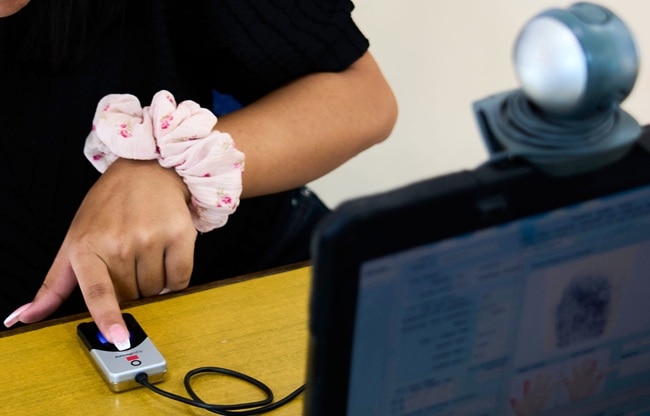Till now, Europe has been relatively lenient towards people doing illegal migration or entering from one country to another, but now a change is visible in this. The European Union (EU) implemented a system on Sunday. Under this, non-EU tourists or people coming for a short period will have to provide proof of travel even while traveling in the free travel zone. It is believed that this is being done to prevent infiltration.
EU has become strict regarding movement. The new Anti-Exit System (EES) came into effect there from Sunday. these whole EuropeWill work on union. This includes European countries as well as Switzerland, Norway, Liechtenstein and Iceland. Under this, people from non-European countries will have to give their biometric information at the border. Only after this they will be able to enter Europe.
This can be a replacement for the passport. In this, there will be no passport check while going from one country to another, nor will it be sealed, but there will be a direct biometric check. It will become fully functional from April next year.
what has changed
Earlier it was easy to travel to the Schengen countries without a special permit. Generally, non-European citizens taking a Schengen visa could visit any Schengen country for 90 days to 180 days. That means there was no need for a separate permit to travel from one country to another. After EES, this process has become digital and recorded. Its purpose is to keep an eye on the movement of people on the border and increase security.

How will the whole process be?
When a tourist arrives at the border for the first time, he will have to provide information on the self-service screen. In this, name, passport information, fingerprint, place of entry and exit will have to be mentioned. The machine will register his face. Fingerprints of children below 12 years will not be taken.
This process depends on where you are going and when. For example, this system has been implemented for passengers leaving from Dover Port. It will start working for all passengers from November. This will gradually be implemented on Eurostar trains. It is also being implemented at airports at different times. For example, in Germany it will start with small airports and gradually this process will be implemented in big airports.
Overall, EES is a new digital process in which photo will be taken along with identity, passport and fingerprints and it will gradually become an alternative to passport but more effective and leak proof.
There is no rule of investigation for them
– People who have a passport of Vatican City or the Holy See.
– Non-European citizens who have a residence permit in EU countries, such as Ireland and Cyprus.
– Non-European citizens who are coming for research or social work.
– Travelers who reside in or hold a long-term visa in Andorra, Monaco and San Marino.
– Those who have local border traffic permit.
– Exemption to passengers and crew members of goods trains on international connecting journeys.

how strict is the system
Once biometric data is given, it will remain recorded in the file for three years. This will make it easier to get a visa for the second time. But this will happen only if the tourists return within the stipulated time. If they overstay, their details will be stopped for five years i.e. they will not get visa.
Why was this step taken
Europe is quite frightened amid the war between Russia and Ukraine. This coming February it will be four years since the fight. Meanwhile, a large Ukrainian population migrated to European countries. Migration from the Middle East to Europe has been going on for more than a decade. Even many countries started becoming over-crowded. Now countries are also getting into conflict with each other. Like many countries are alleging that people are entering their countries by taking entry from the weak borders of their neighbors.
Increasing border security was one way to keep an eye on this. However, many countries are not that open regarding patrolling. Nor are they installing that much modern fencing on the border. In such a situation, EES was planned and implemented. If a non-European comes with a proper visa, but goes into hiding and overstays in one country, or decides to stay there, this will be immediately flagged by the biometric system.
—- End —-
